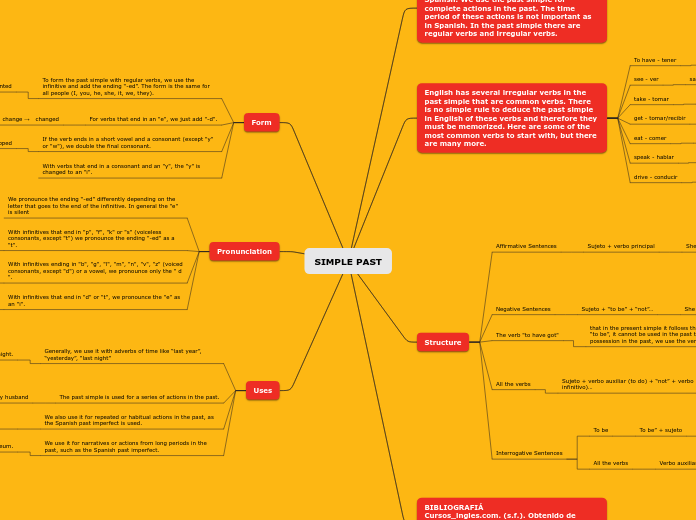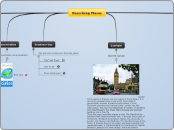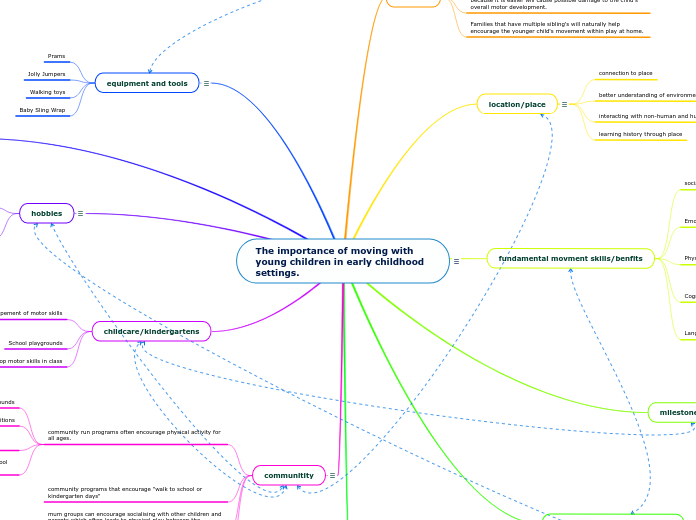The background to CLT
Implications for Methodology
The communication that is meaningful to the learner provides a better opportunity for learning than through a grammar-based approach
Let students induce or discover grammar rules.
Link the different skills such as speaking, reading, and listening
Provide opportunities for learners to develop both accuracy and fluency.
Be tolerant of learners’ errors
Make real communication the focus of language learning.
English for Specific Purpose
To teach them the specific kinds of language and communicative skills needed for particular roles.
Differences in the need for particular skills
Differences in functions
Differences in the kinds of texts commonly occurring
Differences in grammar
Differences in vocabulary choice
Classic Communicative Language Teaching
Aspects of language use in order to be able to develop the learner’s communicative competence.
Lexical Content
Grammatical Content
Discourse and Rhetorical skills
Notions
Language functions
Communicative events
Role
Setting
Purposes
In planning language courses within a communicative approach, grammar was no longer the starting point.
Attention shifted to the knowledge and skills needed to use grammar
Proposals for a Commuicative Syllabus
Task syllabus
Specified the tasks and activities students should carry out in the classroom.
A notional syllabus
Was one based around the content and notions a learner would need to express.
A functional syllabus
This is organized according to the functions the learner should be able to carry out in English
A Skills-based syllabus
This focuses on the four skills of reading, writing, listening and speaking.
Traditional Approaches
P-P-P
Production
Students practice using the new structure in different contexts.
Practice
Studentes practice using the new structure in a controlled context.
Presentation
The new grammar structure is presented, often by means of a conversation or short text.
Audiolingualism
The dialog is adapted to the students’ interest or situation
They repeat each line of the dialog, individually and in chorus
Students first hear a model dialog
Substitution drills
Question and answer practice
Memorization of dialogs
Building up a large repertoire of sentences and grammatical patterns.









